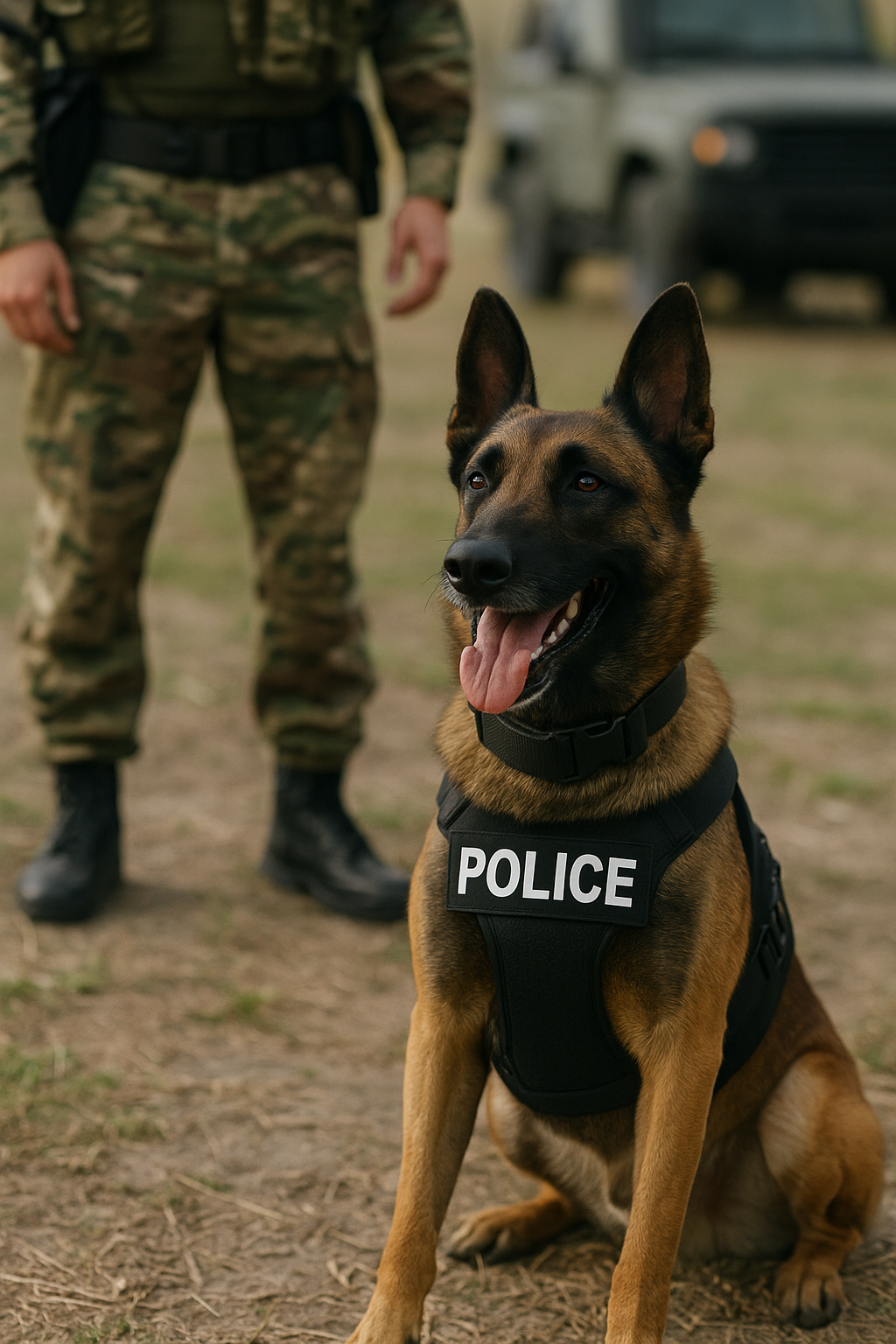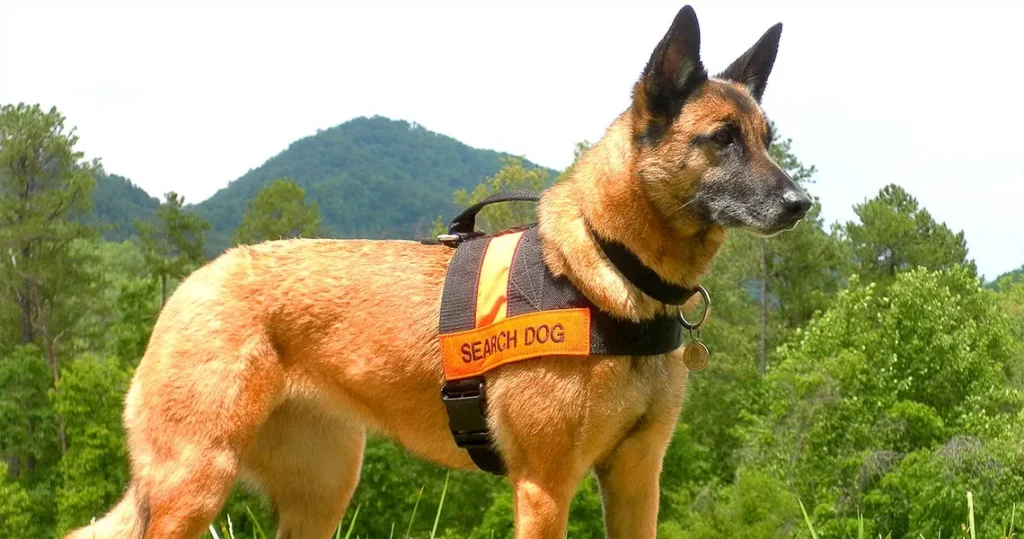Roles of Working Dogs !!!

🐶 Understanding the Vital Roles of Working Dogs 🐾
Dogs are remarkably intelligent animals that have been helping humans for thousands of years. Over time, their roles have evolved—and in today’s world, they are more essential than ever. For many people with disabilities, a trained service dog can mean the difference between independence and dependence, or even life and death.
But not all working dogs have the same job, and it’s important to recognize the differences. I can’t count how many times I’ve been in a store and someone has pointed at my dog saying, “That must be a search and rescue dog!” Actually—no. Search and rescue dogs don’t belong in grocery stores unless they’re there for a demonstration or on official duty.
Let’s break it down:
🚓 Police and Military Dogs
These highly trained dogs work directly with law enforcement and military personnel. Their duties may include:
- Detecting drugs or explosives
- Tracking suspects
- Apprehending criminals
- Search and security operations
These dogs are trained to act on command and, when necessary, to be aggressive in high-risk situations. They only appear in public when accompanied by their trained handlers—officers who have undergone specialized training themselves to work with these powerful dogs.

🆘 Search and Rescue (SAR) Dogs
Search and rescue dogs are true heroes in disaster situations. They are trained to locate missing people after catastrophic events such as:
- Earthquakes
- Floods
- Tornadoes
- Avalanches
- Building collapses (like during 9/11)
SAR dogs are rarely seen in everyday public settings. You’ll most likely encounter them during training demonstrations or when they’re actively deployed on a mission.

🐶 Therapy Dogs
Therapy dogs are trained primarily for good behavior and basic obedience. While they don’t perform specific tasks, they excel at providing comfort and emotional support in group settings. You’ll often find them visiting:
- Hospitals
- Nursing homes
- Schools
- Disaster relief sites
Their presence helps reduce stress, ease anxiety, and bring smiles to those in need. However, therapy dogs do not have public access rights. They are only allowed into facilities that specifically grant permission for them to visit.
❤️ Emotional Support Dogs (ESAs)
An emotional support dog is prescribed by a licensed mental health professional or medical doctor to provide comfort to someone with a diagnosed emotional or psychological condition, such as anxiety, depression, or PTSD.
While emotional support animals offer critical support, they are not required to undergo specialized training and do not perform tasks. Under federal law:
- Landlords cannot charge extra fees for ESAs in housing
- ESAs may be allowed to travel on airplanes (depending on airline policy)
Outside of these protections, emotional support dogs do not have public access rights.
🦮 Service Dogs
Service dogs are highly trained to perform specific tasks that directly assist an individual with a diagnosed disability. These tasks must be related to the person’s condition. For example:
- A diabetic alert dog can detect blood sugar fluctuations and alert the handler
- A mobility assistance dog can retrieve dropped items or provide balance support
- A psychiatric service dog may interrupt self-harming behavior or guide someone through a panic attack
This means they are allowed to accompany their handler anywhere the general public is allowed—including restaurants, stores, and public transportation.



